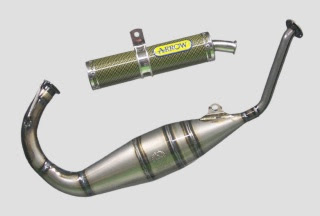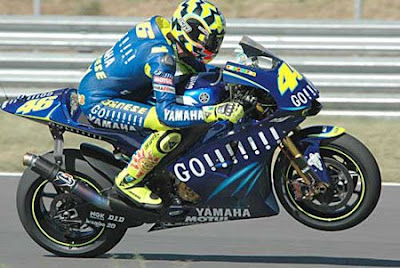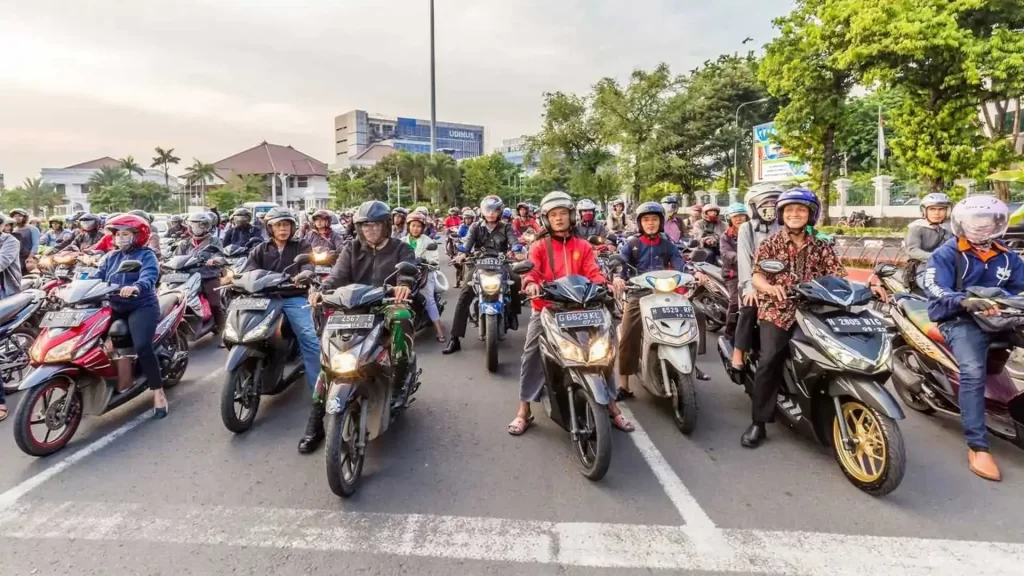
1. Use low-smoke 2T oil, like this one from Petronas; Petronas Sprinta 5000 2T 2-Stroke Full Synthetic.
2. Never mix different brand of 2T oil. For example, if you use Petronas Sprinta 5000, stick for it for the rest of the life of the bike. It is also okay if you stick with cheap 2T oil, as long as you don’t mix them up, you will get less smoke.
3. Adjust the 2T pump on your bike throttle cable. This will reduce the amount of the 2T that gets into the combustion, so you will get less smoke. Here you need to remember that when you reduce the amount of 2T oil that gets into your engine, you also minimise the lubricality of the engine. So, if you want to use your bike for heavy use (eg: racing), adjust the setting so that more 2T oil can be pumped to your engine.
4. Check, service and adjust your carburetor for maximum fuel and air mixture for combustion, as this one will make your combustion chamber cleaner and therefore produce less smoke.
5. Use your bike at optimum RPM. Your exhaust will form a resonance inside the exhaust chamber to produce back pressure and back pressure can give more fuel, air and 2T oil to be combusted back into the engine.
Any more idea? Share with us in the comments section.


















